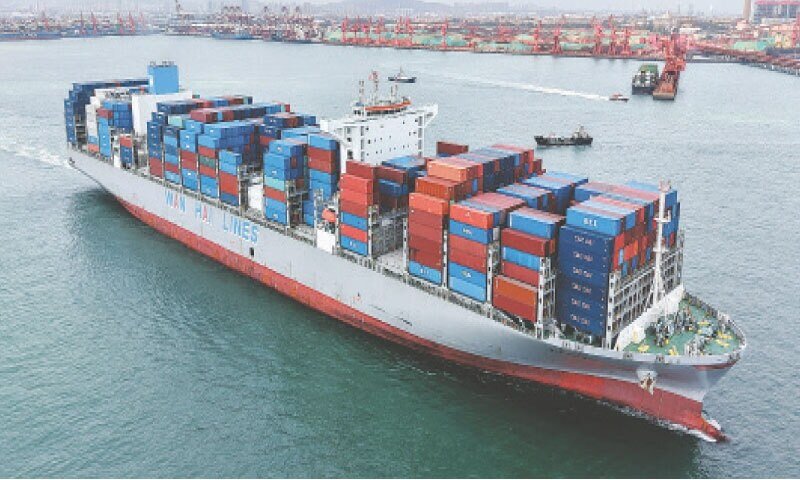• China retaliates with port fees as tariff dispute with US escalates.
• Beijing residents downplay American pressure and see limited impact on daily life.
BEIJING: China will begin charging port fees on U.S.-built, owned, operated or flagged vessels starting Tuesday, in direct response to similar charges introduced by the United States on China-linked vessels on the same day, China’s Ministry of Transportation said on Friday, as reported. Reuters.
Later that same day, US President Donald Trump announced an increase in tariffs on all Chinese exports to the United States, raising them to 100 percent effective November 1, and unveiled new export controls on strategic software. The move came in response to recent restrictions imposed by China on exports of rare earth minerals.
Although few U.S.-built or flagged ships participate in international trade, China’s new port tariff regime casts a wider net by targeting vessels where U.S.-domiciled funds own 25 percent or more of shares or board seats. Analysts say this will significantly expand the reach of affected companies, particularly those listed on US exchanges.
“This could affect many public shipping companies and cause substantial disruptions,” said Erik Broekhuizen, a maritime analyst at shipbroking firm Poten & Partners.
Several shipping companies are already preparing for double exposure to port charges from both countries. U.S.-based Matson has told clients it will be subject to China’s tariffs but will maintain its current schedule. Oil companies, although largely based outside the United States, could also be affected if they list on American exchanges. Among those potentially affected is Scorpio Tankers, one of the largest operators in the sector.
Data from naval broker Fearnleys shows that almost 10 per cent of the world’s very large crude oil shipping fleet, and 13 per cent of the Suezmax, Aframax and LR2 fleet, could be caught in the network.
Energy data company Vortexa estimated that 43 LPG supertankers, or 10% of the global fleet, could also be affected.
Chinese carriers themselves, including state-owned COSCO and its subsidiary OOCL, will face reciprocal tariffs from the United States. COSCO could incur costs of nearly $2 billion in 2026, analysts said. COSCO did not issue a public response.
China’s Ministry of Transportation criticized US port fees as “discriminatory”, accusing Washington of undermining global trade and the stability of shipping.
Fee structure, schedule
The new port tax in China will start at 400 yuan ($56) per net metric ton starting Tuesday. The rate will increase to 640 yuan ($90) from April 2026, 880 yuan ($124) from April 2027 and reach 1,120 yuan ($157) in April 2028.
The United States, for its part, has imposed a flat fee of $50 per net tonnage on vessels owned or operated by Chinese entities.
The escalation follows a fragile truce agreed in August, which suspended new tariffs for 90 days. That truce will expire at the beginning of November. In the current round of hostilities, Chinese imports of American agricultural and energy products have fallen sharply.
“I didn’t feel anything when I saw the news,” said Liu Ming, a 48-year-old software employee. “Trump always announces such capricious policies. China is not afraid.” As authorities clash, residents in Beijing expressed little alarm over Trump’s latest tariff threat.
Several residents interviewed by AFP described Trump as unpredictable, and one joked that his posture might change after a nap. Others warned that tariffs could hurt American consumers more than the Chinese economy.
Published in Amanecer, October 12, 2025.








